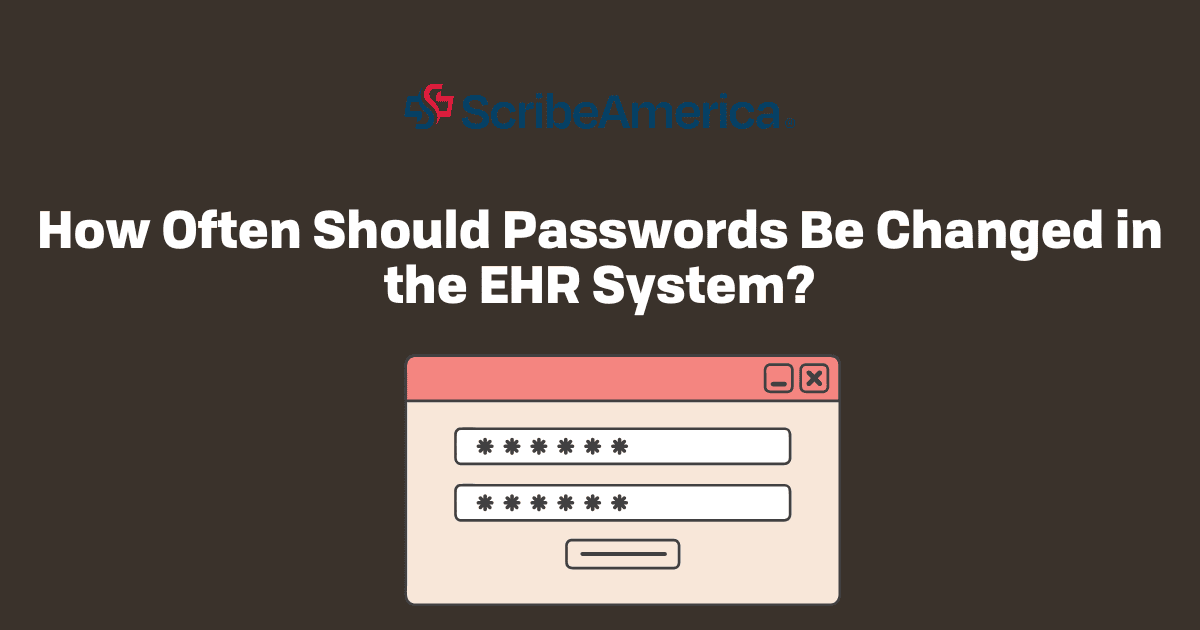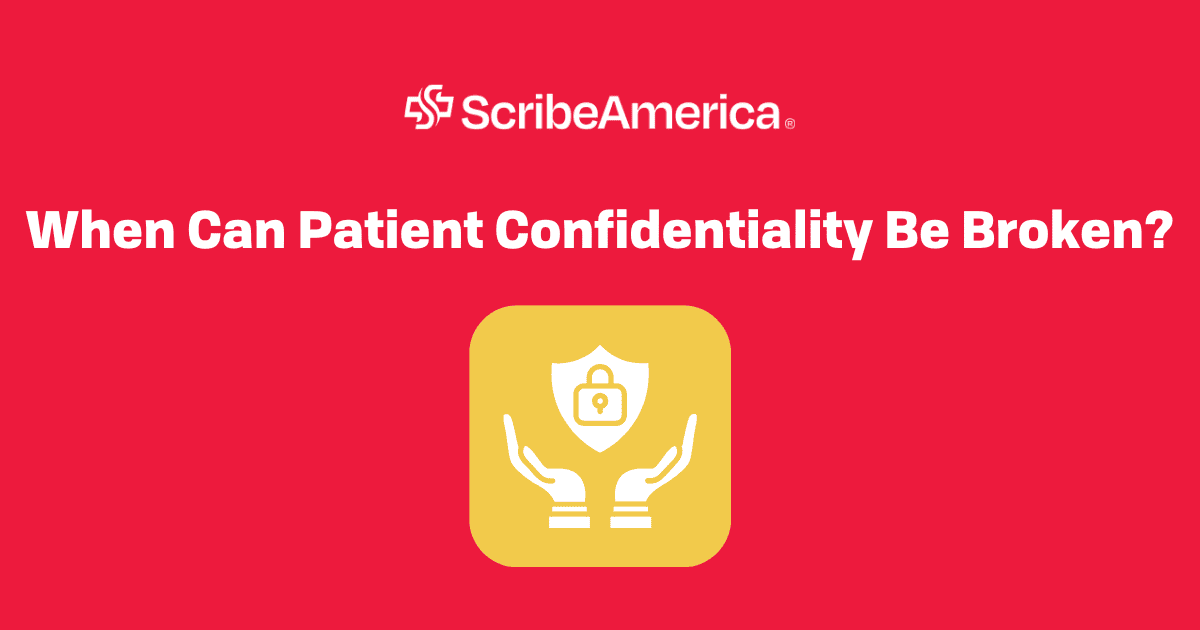Key Takeaways
- Certification Is Optional: Medical scribes do not need certification to start working, but obtaining it can make candidates more competitive and appealing to employers.
- Requirements Are Clear: Medical scribe certification requirements usually include a high school diploma, medical terminology coursework, and hands-on clinical training.
- Step-by-Step Process: The process of how to get medical scribe certification involves enrolling in an accredited program, completing coursework, gaining practical experience, and passing an exam.
- Time Commitment Varies: How long medical scribe certification takes depends on the program, ranging from 6–8 weeks for shorter courses to several months for more comprehensive training.
- Certification Adds Value: While medical scribes do not need to be certified, certification often leads to more job opportunities, stronger resumes, and better preparation for healthcare careers.
Medical scribes play a crucial role in ensuring accurate documentation and smooth communication between healthcare providers and patients. If you're considering a career in this field, you might be wondering: Do you need a certification to be a medical scribe? Let's explore the requirements and the process involved in obtaining a medical scribe certification.
Do Medical Scribes Need Certification?
While certification is not a mandatory requirement, it can significantly enhance your qualifications and marketability as a medical scribe. Certification programs are designed to provide comprehensive training, ensuring that scribes have the necessary knowledge and skills to excel in their roles.
So, do you need a certification to be a medical scribe? Many employers prefer certification when hiring. Such documents act as a standardized measure of competency, assuring healthcare providers that a scribe has undergone specific training and possesses the skills needed for the job. However, some facilities hire individuals without certification, relying on their prior experience or willingness to undergo on-the-job training.
Medical Scribe Certification Requirements
If you decide to expand your qualifications, understanding medical scribe certification requirements is essential. Certification programs typically have educational prerequisites, such as a high school diploma or equivalent. Additionally, candidates may need to complete specific coursework in areas like medical terminology, anatomy, and documentation guidelines.
Key requirements often include:
- Educational background: A high school diploma or equivalent.
- Coursework: Training in medical terminology, anatomy, and documentation standards.
- Hands-on training: Practical experience in a clinical setting to prepare scribes for real-world responsibilities such as patient documentation and assisting healthcare providers.
This combination of theoretical knowledge and clinical practice ensures that medical scribes are well-prepared for their role in healthcare settings.

How to Get Medical Scribe Certification
If you’re wondering how to get medical scribe certification, the process involves several steps:
- Begin by researching reputable certification programs. Look for programs accredited by recognized organizations, as this ensures that the certification holds weight in the healthcare industry.
- Ensure that you meet the educational prerequisites such as having a high school diploma or equivalent and completing specific coursework.
- Once you've identified a suitable program, enroll and complete the required coursework. Many certification programs offer both online and in-person options, providing flexibility for aspiring medical scribes.
- Expect to undergo hands-on training in a clinical setting. This practical experience is a crucial aspect of the certification process, allowing you to apply your knowledge in real-world scenarios.
- After completing the training, you'll likely need to pass a certification exam that evaluates your understanding of medical scribing principles and your ability to perform key tasks.
- Some certifications require periodic renewal to ensure that medical scribes stay updated on industry standards and best practices.
How Long Does Medical Scribe Certification Take?
And how long does medical scribe certification take? The duration of medical scribe certification programs varies. Some can be completed in a matter of weeks, while others take several months. The length of the program often depends on the intensity of the coursework and the structure of the hands-on training component.
- Short programs: Typically last 6–8 weeks and provide the essential knowledge and skills needed to begin working as a medical scribe.
- Comprehensive programs: Can take up to 6 months, offering more in-depth coursework and extended clinical practice.
- Program variation: The timeline largely depends on the depth of medical terminology, documentation training, and the amount of hands-on experience required.
Do Medical Scribes Need to Be Certified? The Final Word
While certification may not be a strict requirement, it undoubtedly enhances your credibility as a medical scribe. Employers often prioritize certified individuals, recognizing the value of standardized training in this vital healthcare role.
If you're aspiring to be a medical scribe, investing in certification can set you on a path to success in the dynamic healthcare landscape.
Read also: What is medical scribe training?




